What is the Hardest Instrument to Play? Top 6 Results
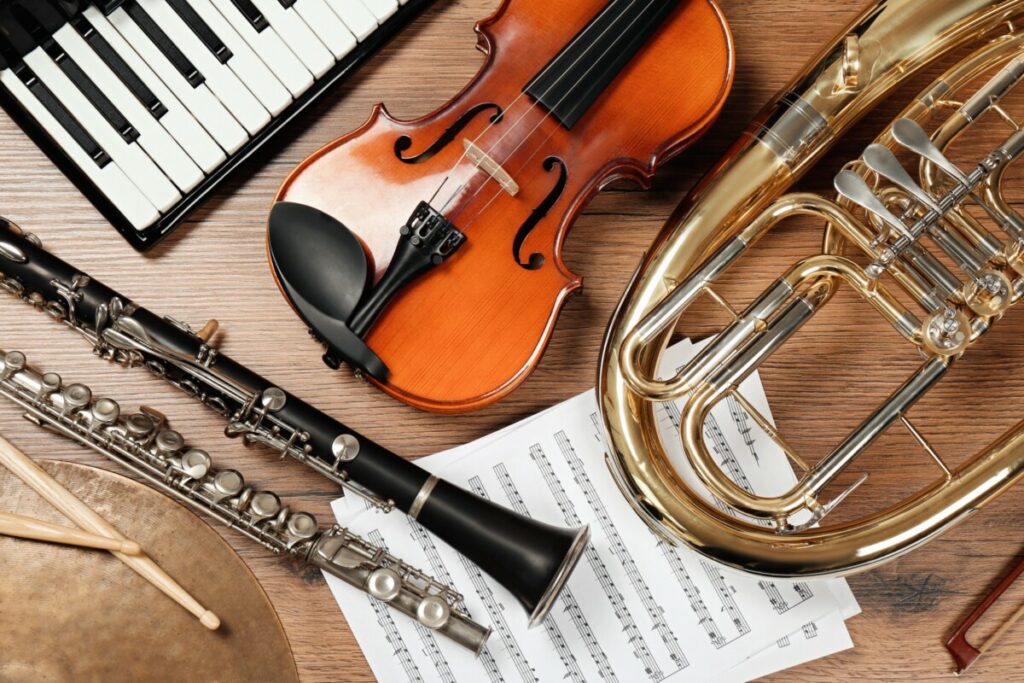
While it’s true that almost any musical instrument can be challenging to play when you’re first starting, some instruments are notoriously more difficult than others. Generally, once you’ve learned to play one, it becomes easier to pick up others. However, some are so challenging that this isn’t always true. So, what is the most difficult instrument to play?
The hardest instrument to master is the violin. The lack of frets and required control makes it an incredibly challenging stringed instrument to master. But, with enough practice, you can be a master violin player.
While the violin is challenging, more instruments challenge its top spot. Below, you’ll find out about six difficult instruments and learn more about the challenge of playing the violin.
We’ll also discuss why so many people are drawn to these difficult instruments and willing to put in the hard work required to master them. This information will give you a better understanding of what to expect if you take on the challenge of learning one of these instruments.
6 Hardest Instruments To Play [And Tips To Help You Play Them]
1. Violin
While some people believe that learning the violin is just as easy as learning the guitar, this couldn’t be further from the truth. In reality, it takes years of training and dedicated practice for most people to reach a level of mastery of this challenging instrument.
“If your finger doesn’t go in exactly the right spot on violin, it will be noticeably flat or sharp. This is really important when you’re playing fast pieces where your fingers are flying all over the place.”
Violin and Cello Player
5 Challenges of Learning the Violin
1. No Frets
One of the first challenges to overcome when learning to play the violin is the lack of frets. Unlike other string instruments, the violin does not have frets to guide finger placement, which means memorizing finger positions is essential to producing accurate sound.
2. Position of the Bow, Chin, and Hand
Another major challenge of playing the violin is the bow. Using the bow requires delicate precision, and even slight variations in pressure can greatly affect the sound produced. Mastering bow placement is necessary to achieve the desired sound.
Playing the violin also requires proper positioning of the chin and hand. If you’re right-handed, you’ll hold the bow in your right hand, the neck of the violin in your left, and position the instrument’s body by your shoulder, holding it in place with your chin. Achieving the correct positioning is crucial to playing the instrument effectively.
3. Need for Physical Dexterity
In addition to the challenges mentioned, playing the violin requires high physical skill and control. The left hand must move quickly and precisely along the fingerboard to produce different notes and melodies. This involves a lot of finger strength, flexibility, and coordination.
4. Needing a Good Ear
Another challenge for beginners is developing a good ear for intonation. The violin is a fretless instrument, meaning there are no markings on the fingerboard to indicate where the fingers should be placed to produce specific notes. This can make it difficult for beginners to play in tune, as they must rely on their own ear and sense of pitch to know if they are playing the correct notes.
5. Mental Focus and Concentration
In addition to the technical challenges, playing the violin requires much mental focus and concentration. As with any instrument, practice is essential to developing the skills and techniques to play the violin well. Consistent practice is also important for building the physical stamina required to play for extended periods.
Tips for Learning the Violin
Playing the violin can be a solitary pursuit, as much of the practice and development happens through individual training. However, playing with other musicians can be an invaluable experience, as it allows for collaboration and learning from others. This can also help to develop important performance skills, such as playing in time with others and responding to musical cues.
While learning to play the violin can be challenging, it can also be a rewarding and fulfilling experience. Playing an instrument can provide a creative outlet, reduce stress, and improve cognitive abilities. Keep these benefits in mind while playing to make it easier.
Additionally, playing the violin is a skill that can be enjoyed for a lifetime and can even lead to opportunities for performance and collaboration with other musicians. Set specific long-term goals for collaboration, and break them up into short-term goals. These tips might also apply to our later instruments.
2. Oboe
Playing the oboe is a challenging task that requires precise technique and control. One of the main difficulties with playing the oboe is the instrument’s tendency to produce a piercing sound if played incorrectly. However, mastering the oboe can be incredibly rewarding.
3 Challenges When Playing the Oboe
1. Learn Proper Embouchure
To play any wind instrument effectively, learning the correct embouchure is essential – the technique used to position your lips on the mouthpiece. The oboe requires a specific embouchure, and using too much pressure or biting down on the mouthpiece can lead to poor sound quality and discordant notes.
2. Controlled Breathing
Another challenge of playing the oboe is maintaining consistent airflow. Playing the instrument requires much control and lung capacity to provide steady air streams. Sometimes, the player may even need to breathe in and out simultaneously, which can be daunting for many musicians.
3. Accurate Fingering
Once the player has mastered breathing and embouchure, accurate fingering is essential to producing the desired notes on the oboe. Any variation in air pressure can cause the notes to sound distorted or incorrect, making precise fingering techniques crucial.
Overall, mastering the oboe takes patience and persistence. However, the rewards of playing this challenging instrument can be truly satisfying with dedication and practice.
3. French Horn
The French horn is a unique instrument, as it can produce powerful trumpet-like sounds and mellow clarinet-like tones. Due to the wide variety of tones it can make, mastering the French horn requires significant time and practice. Additionally, it faces away from the audience during performances, adding a layer of challenge to learning to play it effectively.
“Most instruments have a set range. Alto, bass etc…. The french horn covers those rangers while only having 3 buttons to press. Now, since that’s the norm for brass, keep in mind the wide range. This is where it gets tricky. You’re lip positioning is of the utmost importance and Knowing how tight or lose to blow air for each note you play. Very difficult but once you learn it becomes muscle memory much like any other instrument.”
French Horn Player
3 Challenges to Overcome When Playing the French Horn
1. Correct Embouchure and Airflow
Once again, proper embouchure and airflow are crucial for producing the right sound on the French horn. The standard embouchure for the French horn involves buzzing your lips into the mouthpiece, but it takes a lot of practice to learn how to create the proper buzzing sound.
Additionally, the French horn requires a lot of lung power since the air must be blown through a 30-inch-long tube to produce sound.
2. A Different Kind of ‘Fingering’ Technique
To create different tunes on the French horn, you will use valve keys that allow air to escape early and produce various tones. However, knowing how hard to push the valves and which keys to press to achieve the desired sound takes great skill.
3. Tones are Closely Spaced
Not only is learning the keys difficult, but the differences between the different notes on the French horn are very close together, requiring practice to notice the subtle differences between them. As a result, an untrained ear may perceive the notes as correct even if they are off by a note or two.
4. Pipe Organ/Piano
Many might be surprised that the piano is often chosen as the first instrument to learn. One reason is that the piano provides a good foundation for learning to read sheet music. Although both the piano and the organ are listed here, the organ is generally considered to be the more challenging of the two instruments. This is partly due to the fact that the organ automatically sustains all of its notes, requiring greater skill and control on the player’s part.
“Also you are reading three staffs. The player has to be coordinated in performing the correct rhythm and hitting the right pitch on their hands AND feet. That can be three separate lines that have nothing related to each other going.”
Pipe organ player
3 Challenges to Overcome When Playing the Organ
1. Size Matters
One of the most noticeable features of the piano and the organ is their large size and many keys. This means they are not portable instruments and can produce numerous sounds. Although this is good for creating music, it can be challenging for beginners. The organ is even more complex as it can have up to 12 keyboards, like playing 12 pianos simultaneously!
2. Both Hands are Necessary
With even just one keyboard, both hands must reach all the keys. Most people are not ambidextrous, so they face difficulty using both hands when playing. In addition to training the weaker hand, it is necessary to train the brain to have both hands play in harmony to create beautiful music.
3. Don’t Forget Your Feet
In addition to using both hands, your feet are used while playing the piano. You have three pedals to control: the una corda on the left, the damper pedal on the right, and the Sostenuto pedal in the middle. Each pedal alters the sound, requiring time and practice to learn how to use them properly.
5. Bagpipes
The bagpipes, a famous Scottish instrument, are undoubtedly the most unique on this list. They are large, have many “keys” to play, and require arm movements, all while blowing plenty of air into them. While played by a master, they produce an amazing sound, but it takes a lot of practice before one can start making musical sounds with them.
4 Challenges to Overcome When Playing the Bagpipe
1. Powerful Lungs Required
The most challenging aspect of playing the bagpipes is filling the bag with air. It requires a lot of breath, and it’s essential not to overfill the bag, or the sound will be off. Those who can play the bagpipes have been said to have “iron lungs” because of how much air is required.
2. Embouchure is Key
While modern bagpipes don’t require as much embouchure as the French horn, it’s still essential to playing the instrument correctly. With older bagpipes, air would escape from the pipe, but modern instruments are designed differently.
3. Precise Arm Movements
Playing the bagpipes requires precise arm movements. The arm is essential in compressing and relaxing the bag to change the air pressure. This is just one of the ways the bagpipes produce different notes, but it’s very difficult to master because the movements have to be slow and smooth while still blowing air into the bag.
4. Tuning is Tricky
The bagpipes need to be tuned very often because the instrument uses reeds. As saliva enters the instrument, the reeds become moist, which gradually changes the tone of the music. As a result, you’ll need to tune or change out the reeds frequently.
6. Accordion
Additionally, the accordion requires a lot of coordination between both hands, as they play different parts simultaneously. This can be difficult to master, especially for beginners who may not be used to using both hands independently in this way.
2 Challenges When Playing the Accordion
1. Air Pressure Control is Key
One of the biggest challenges when playing the accordion is controlling the air pressure. Too much air and the notes will sound too loud and sharp, while too little air will result in weak and flat notes. Finding the right balance takes a lot of practice and requires a keen ear to distinguish the subtle differences in sound.
2. Maintenance and Repairs
As with any instrument, the accordion requires regular maintenance and occasional repairs. This can be a challenge for beginners who may not be familiar with the instrument’s inner workings. Keeping the accordion clean is important. As is checking for leaks in the bellows and replacing worn-out parts when necessary to keep it playing properly.
Overall, playing the accordion is a rewarding experience, but it requires a lot of dedication and practice to master.


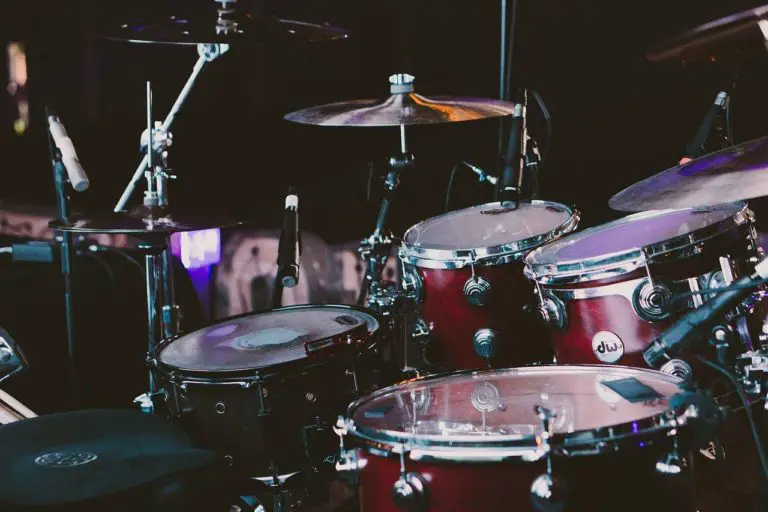
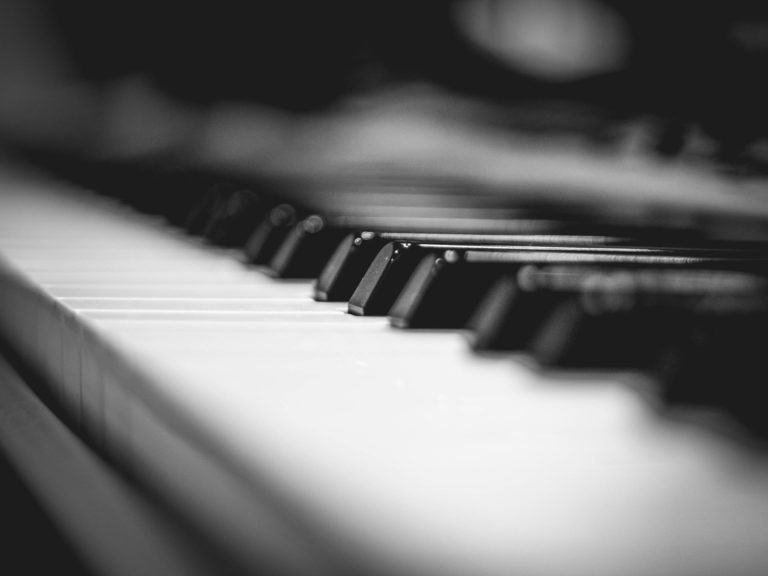
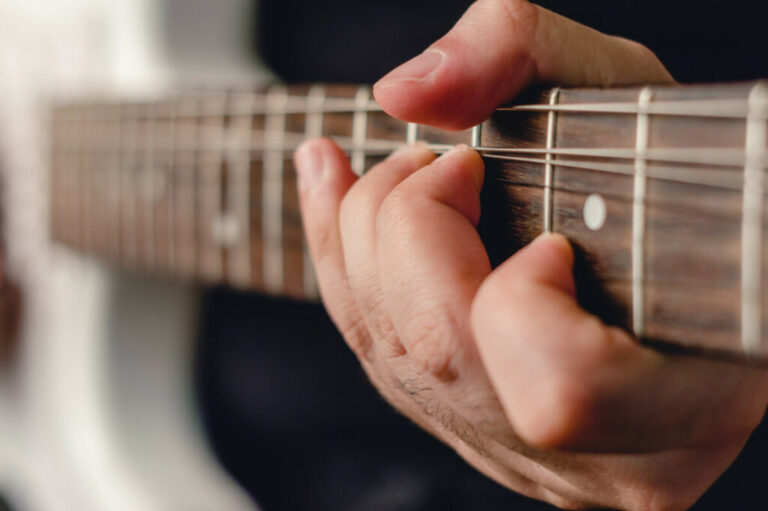
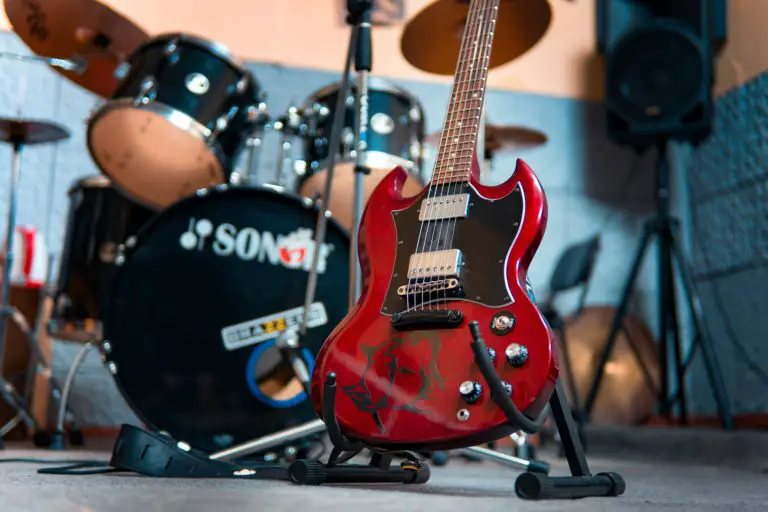
![What Does a Pop Filter Do? [And Other Pop Filter Tips]](https://www.bythebarricade.com/wp-content/uploads/2023/04/180261067_l_normal_none-1024x683-1-768x512.jpg)
